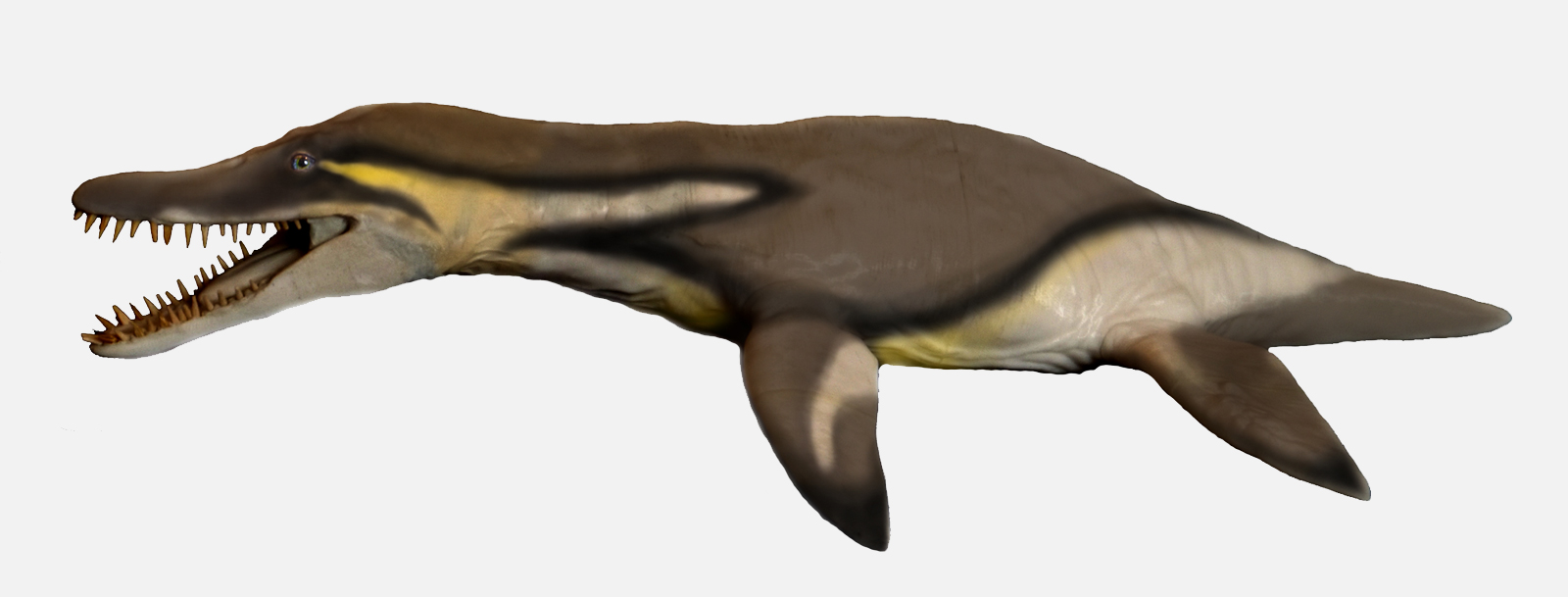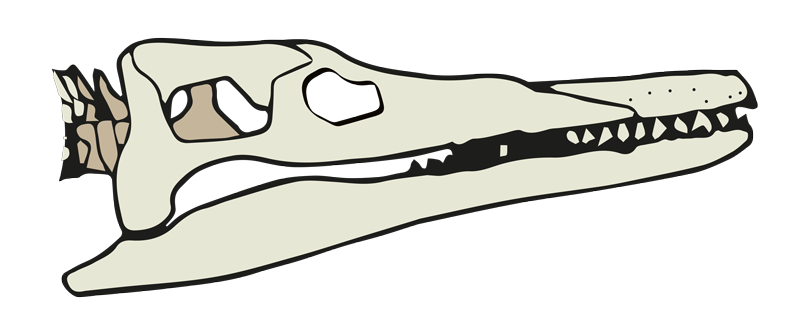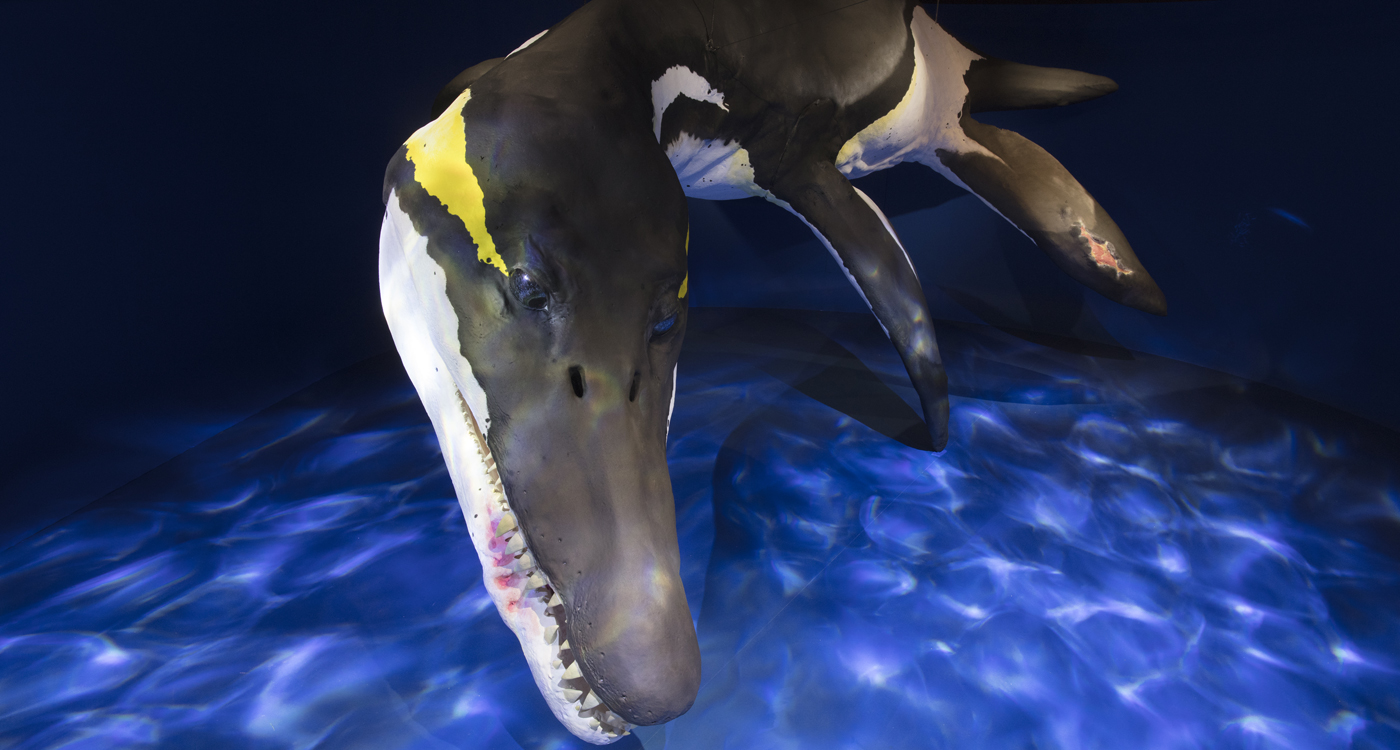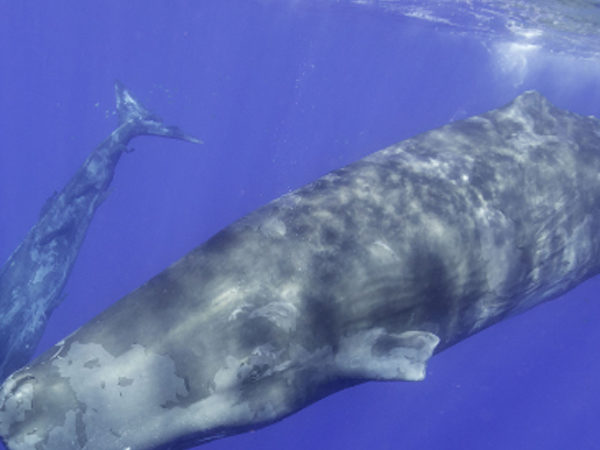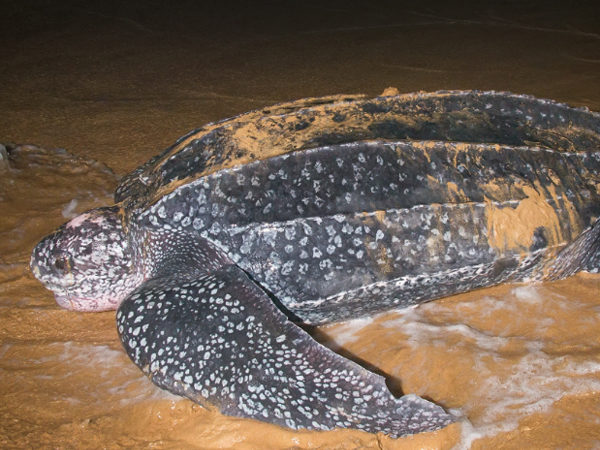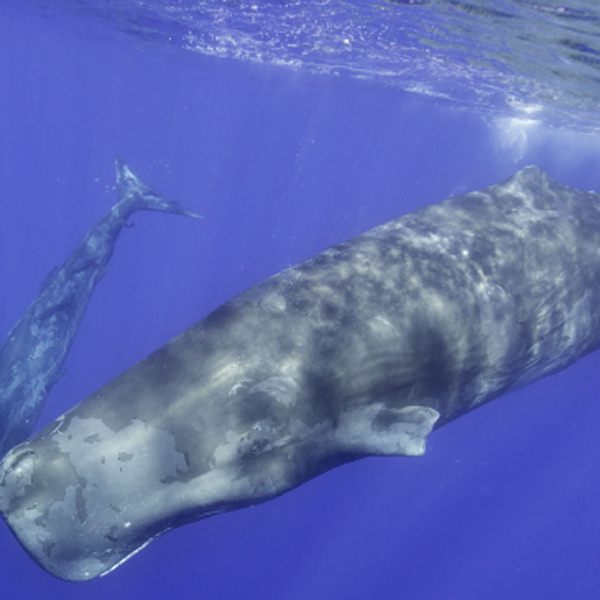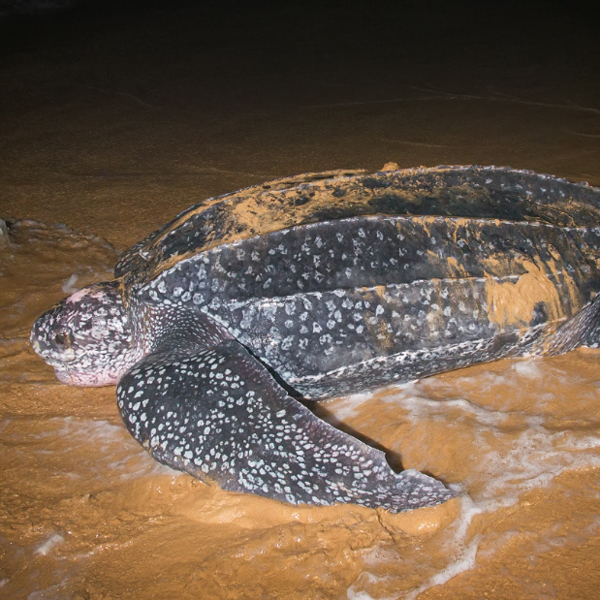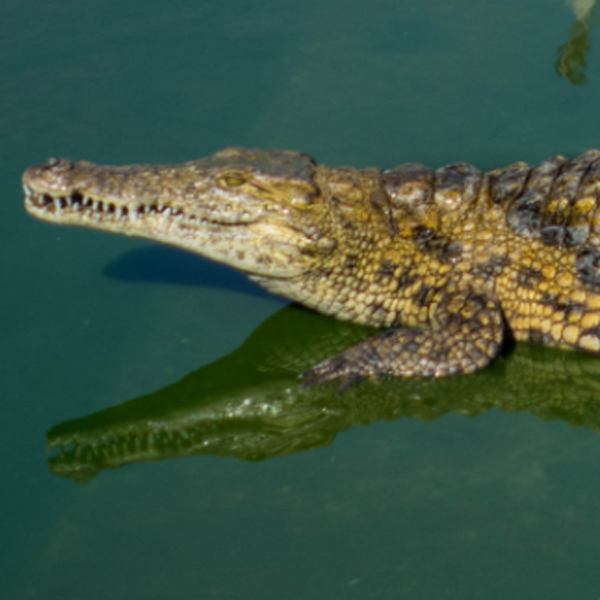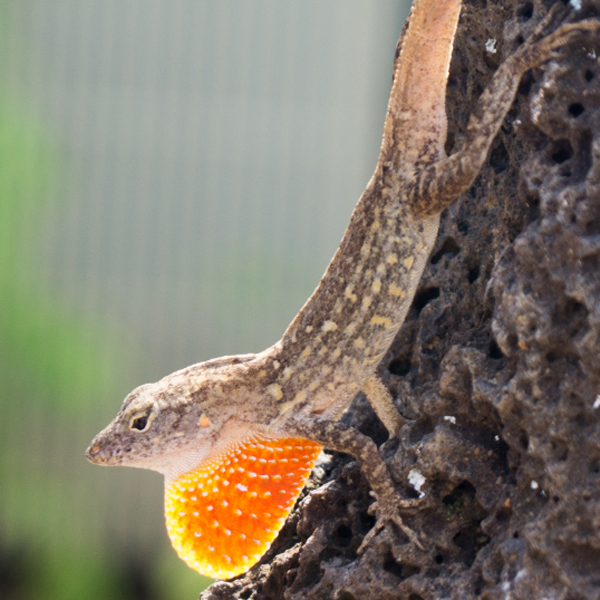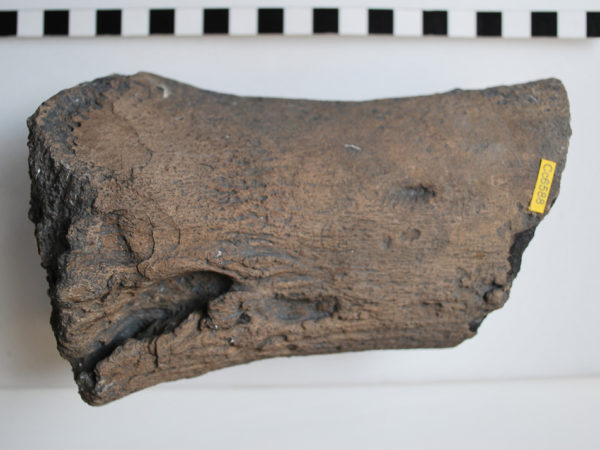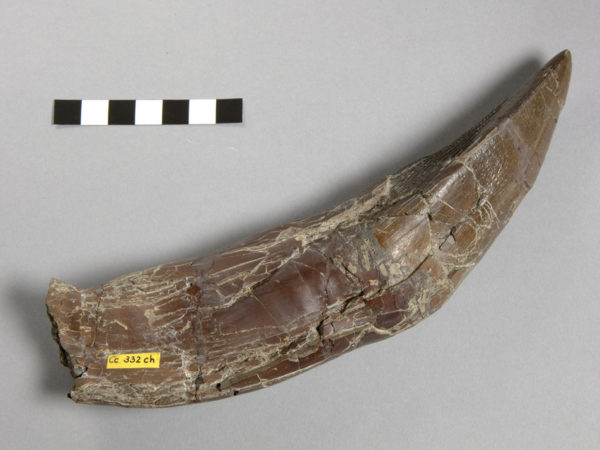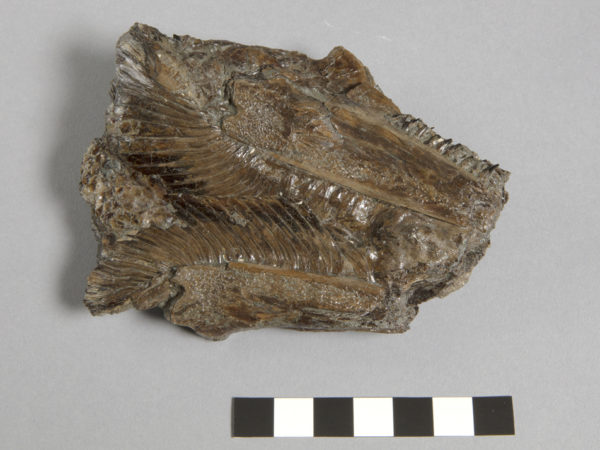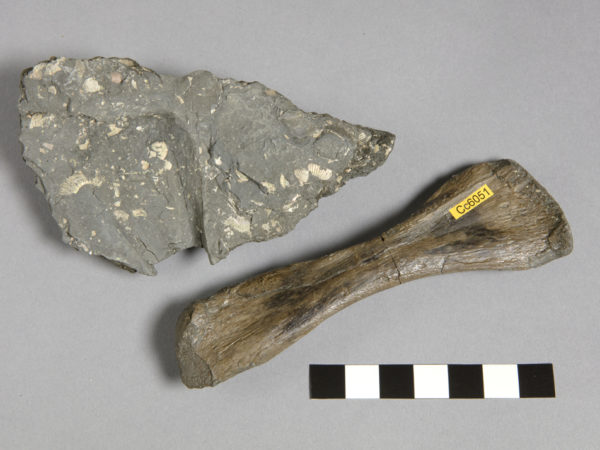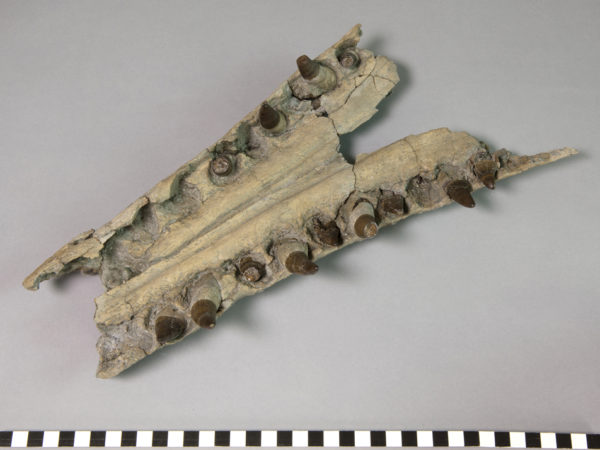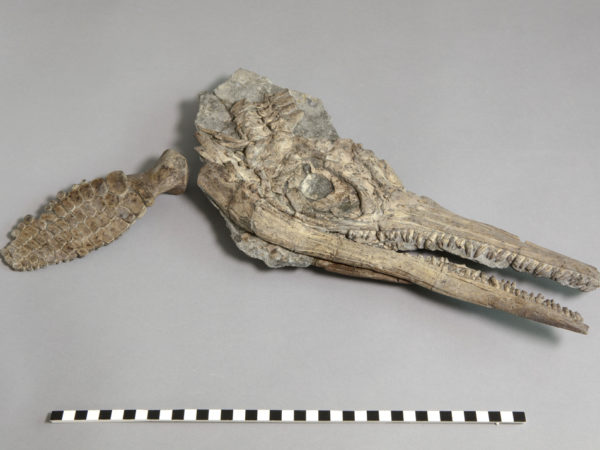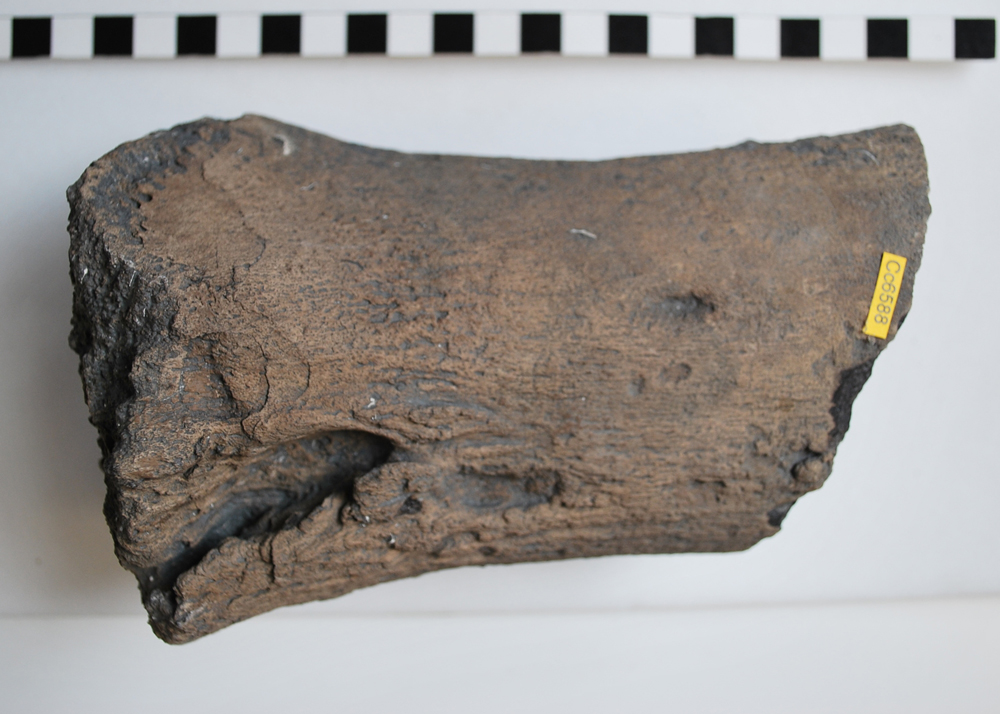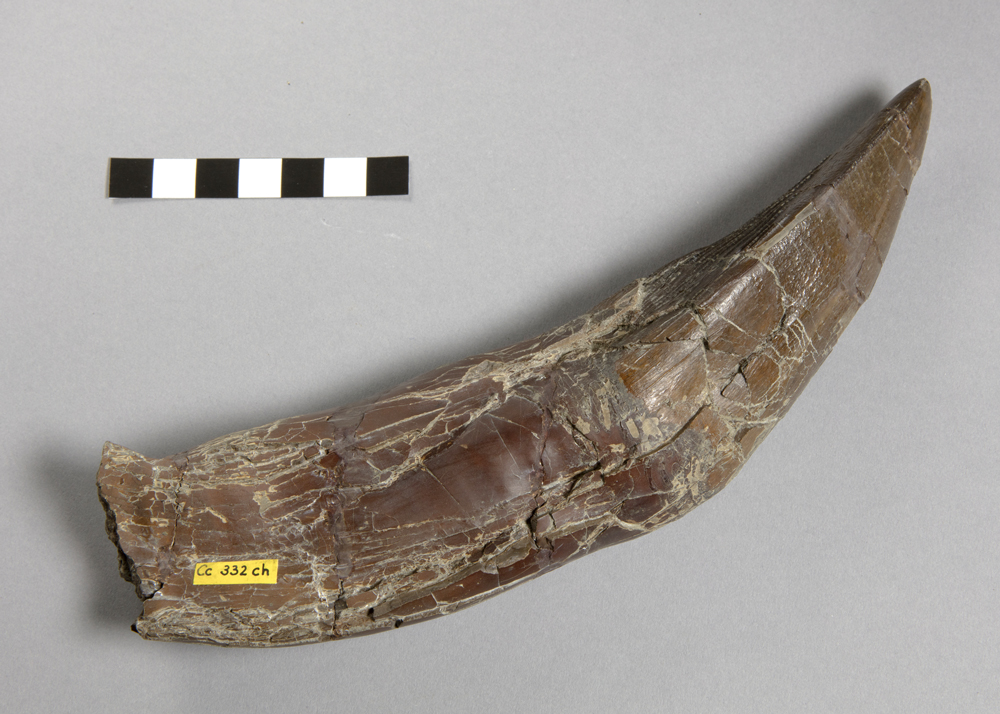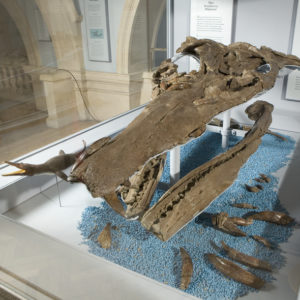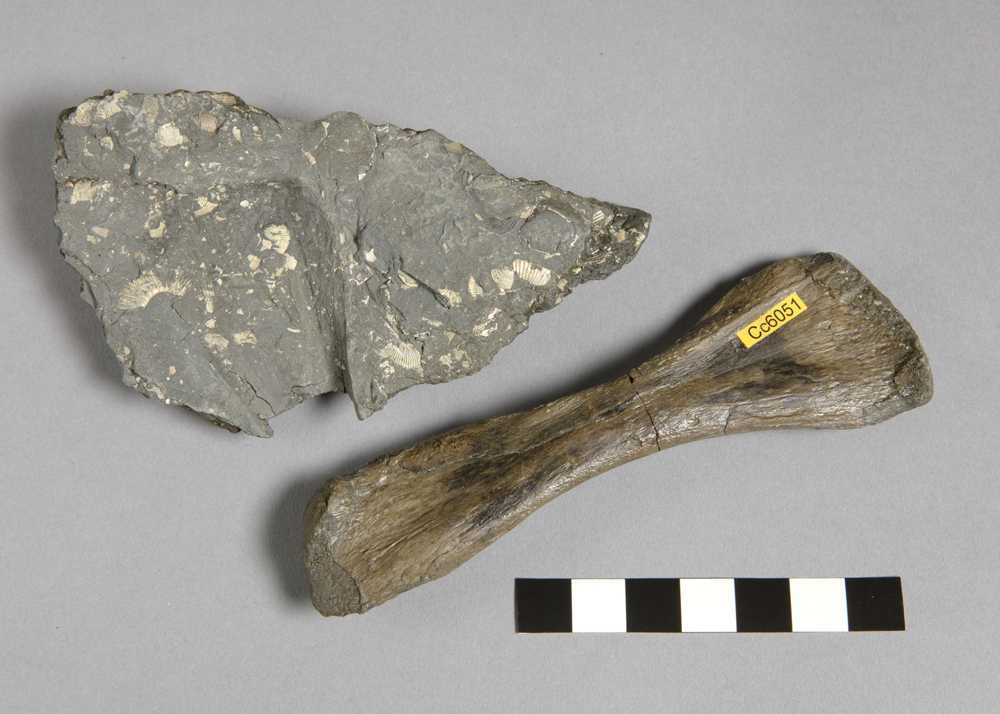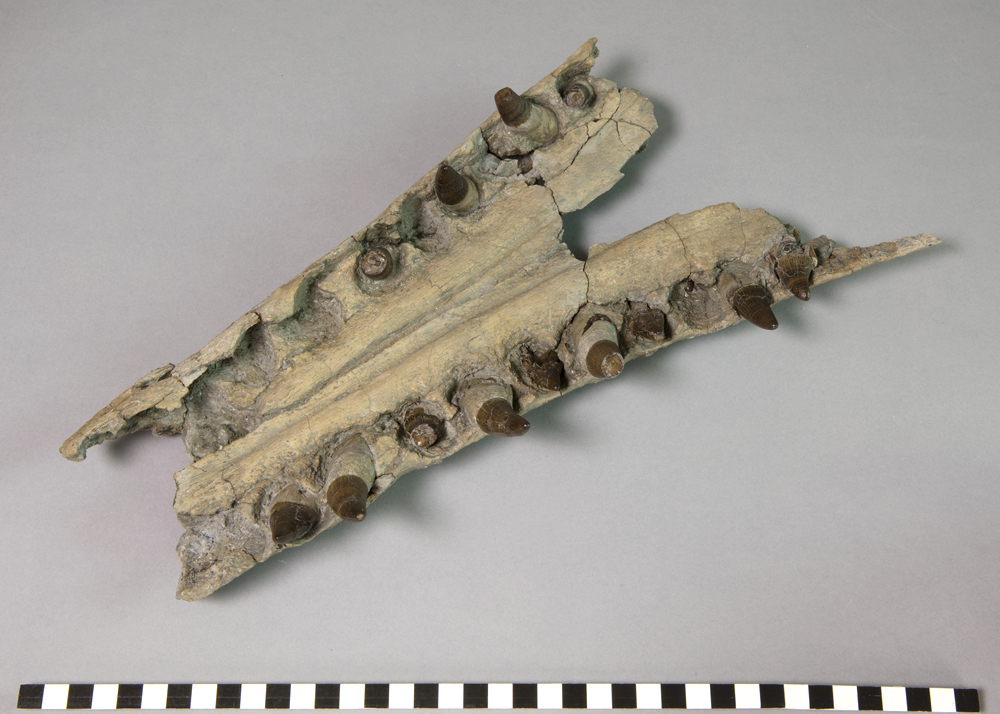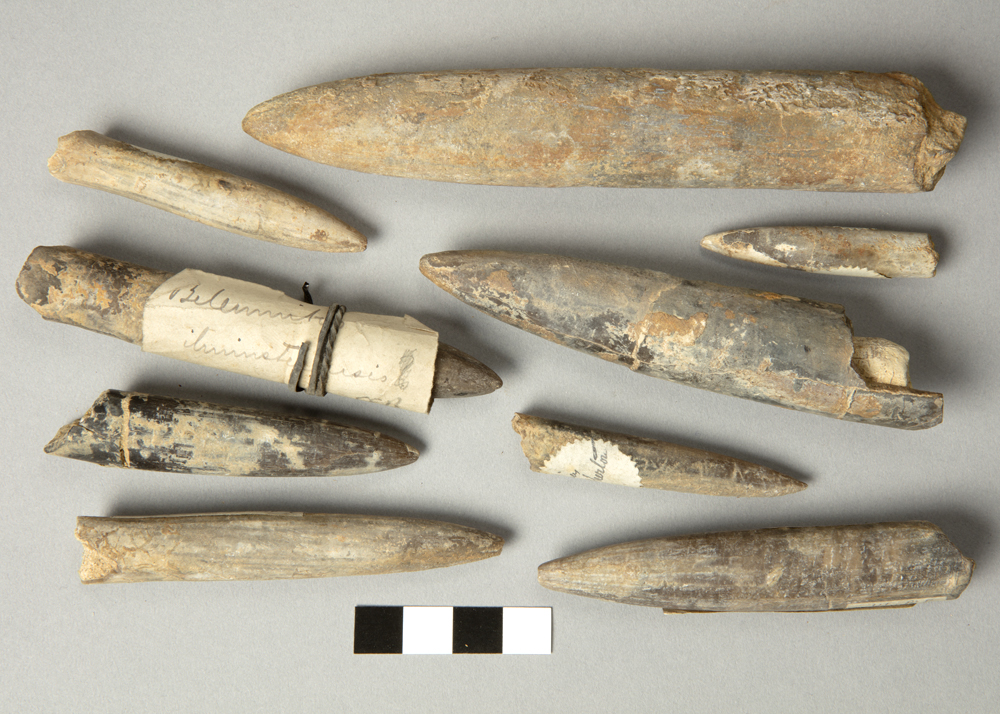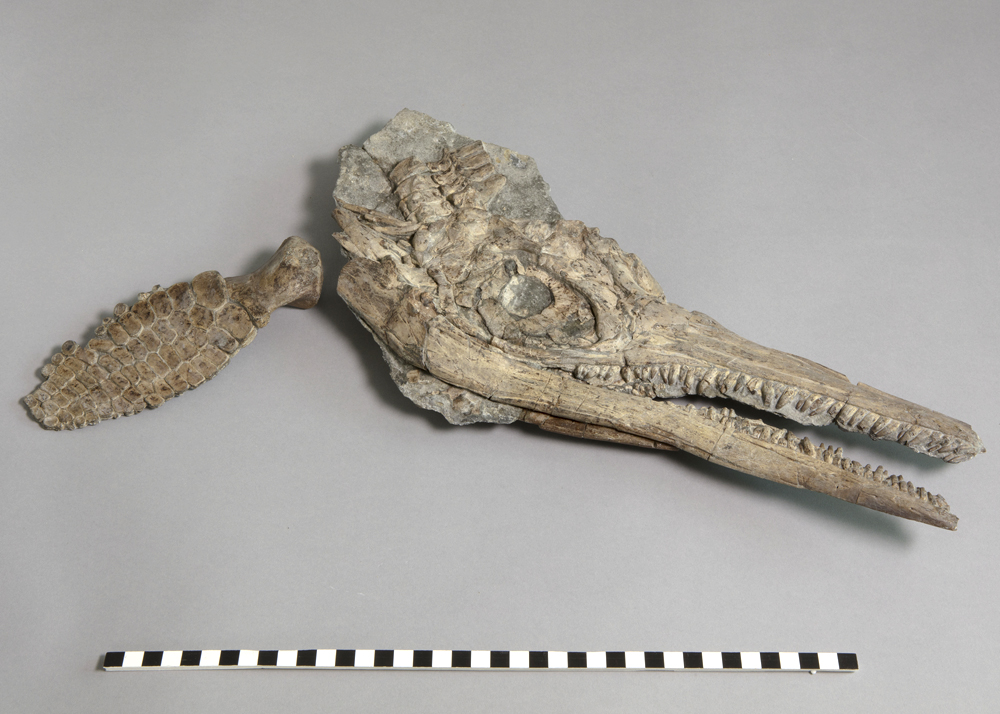Doris the Pliosaurus
Travel back in time 150 million years and dive into Bristol’s Jurassic seas.
Discovered in Westbury, Wiltshire in 1994, our internationally significant specimen is the world’s only example of a new species of pliosaur – Pliosaurus carpenteri. Pliosaurs are so big that it took ten years to prepare all the fossils that were found.
What are the key facts about Doris?
The vital stats
Length
Doris’ skull was 1.8m long. How tall are you? Could she have gulped you down in one bite?
Fact: Pliosaurs chomped and swallowed their prey whole! Their skulls weren’t adapted to tear prey to pieces.
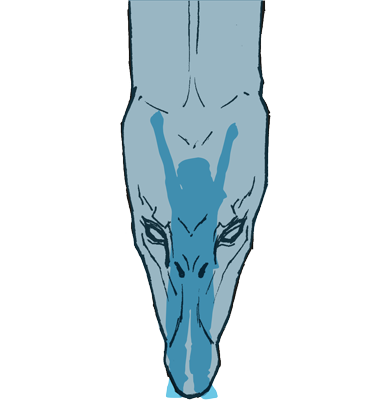
Glamour queen or murky green… What colour was Doris?
Doris’ skin has not been fossilised, so clues to her colour come from living animals. Pick a living animal to see what Doris looks like in their colours. Discover why they might be a close colour match!
Will we ever know what colour Doris really was?
Answer 10 years ago = ‘No’
Answer today = ‘Maybe..!’
If we discover a fossil Pliosaurus with skin preserved, we may be able to work out Doris’ real colour.
Palaeontologists at the University of Bristol are using brilliant new detective work and super high tech machines to uncover the real colour of extinct creatures.
